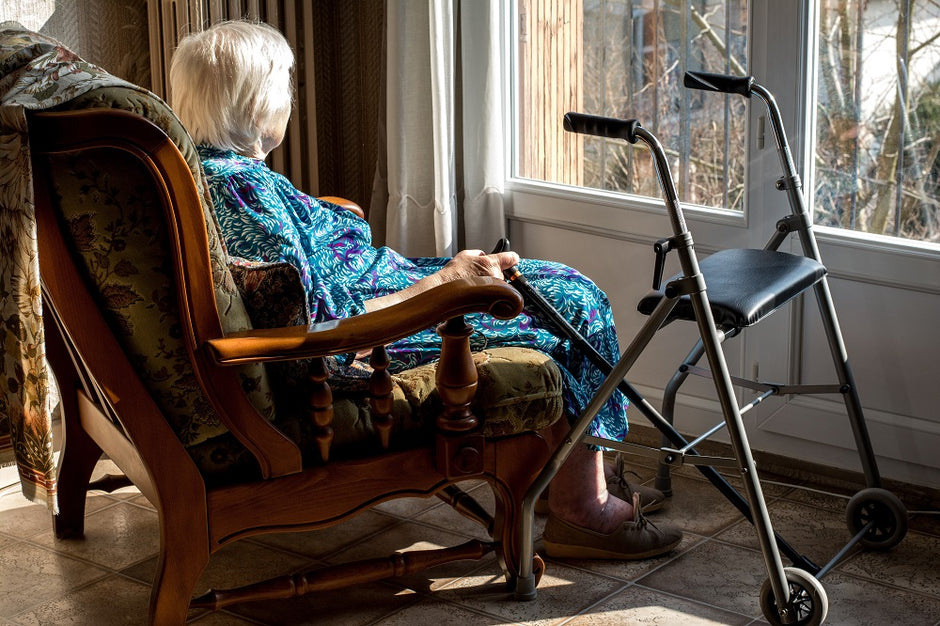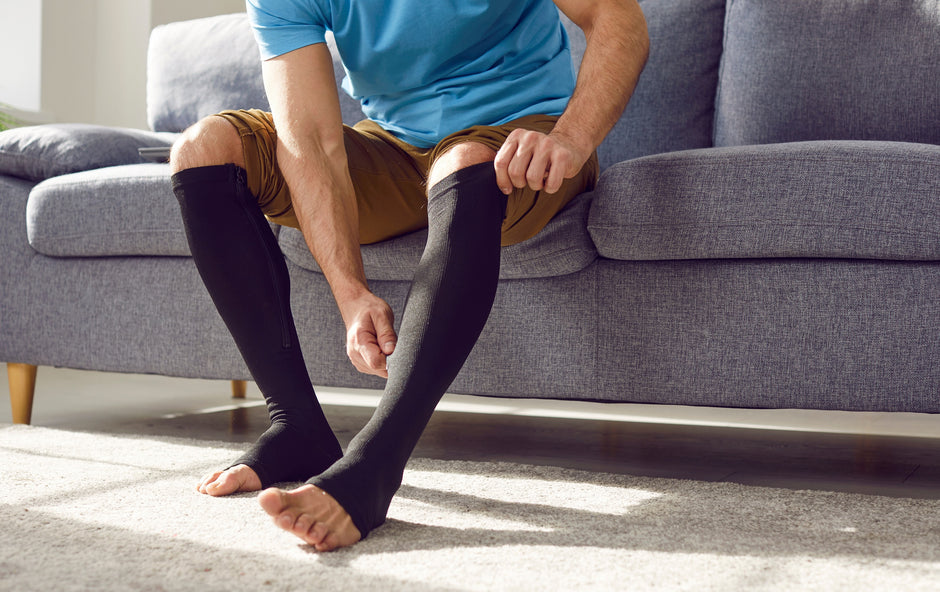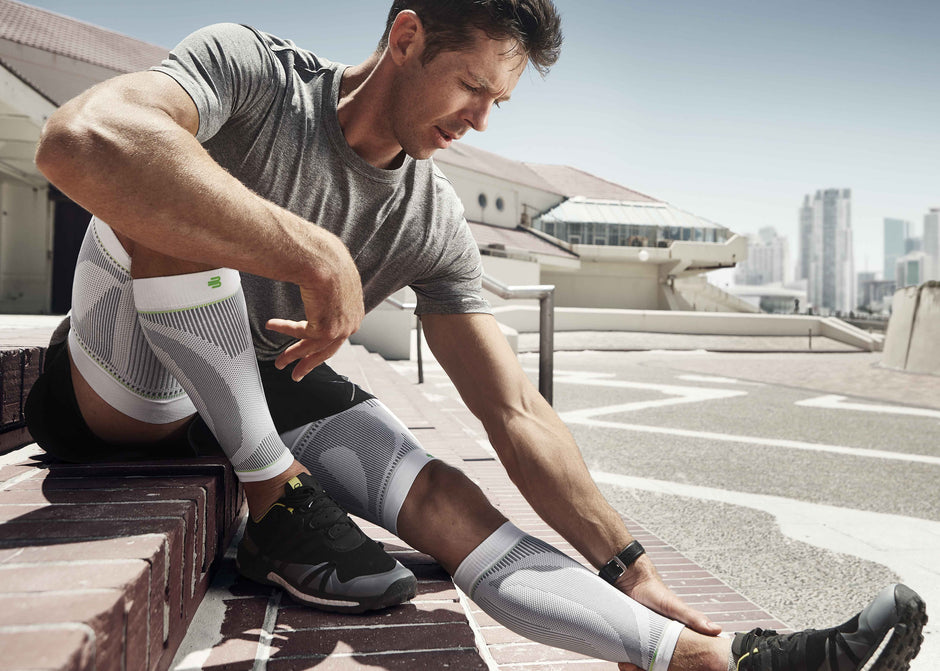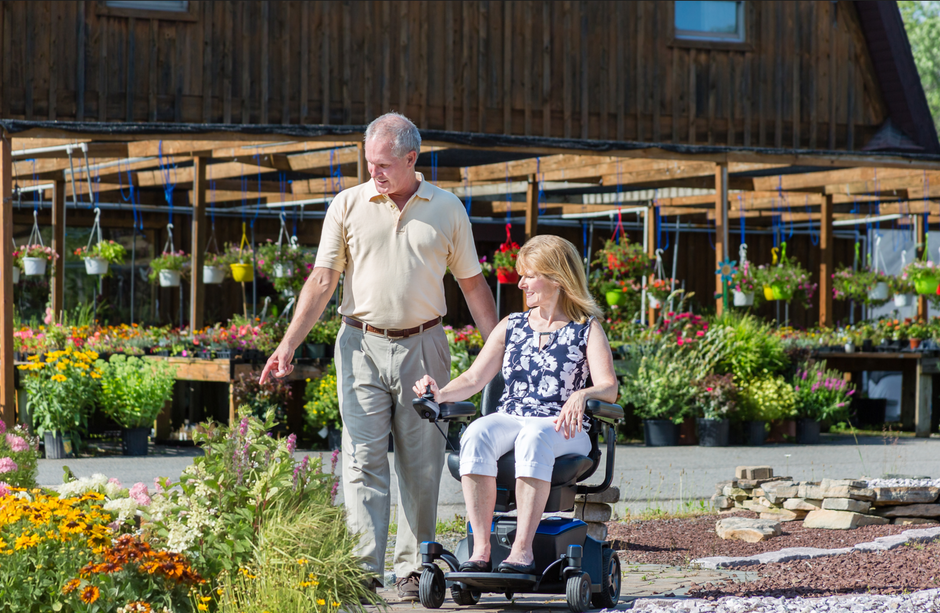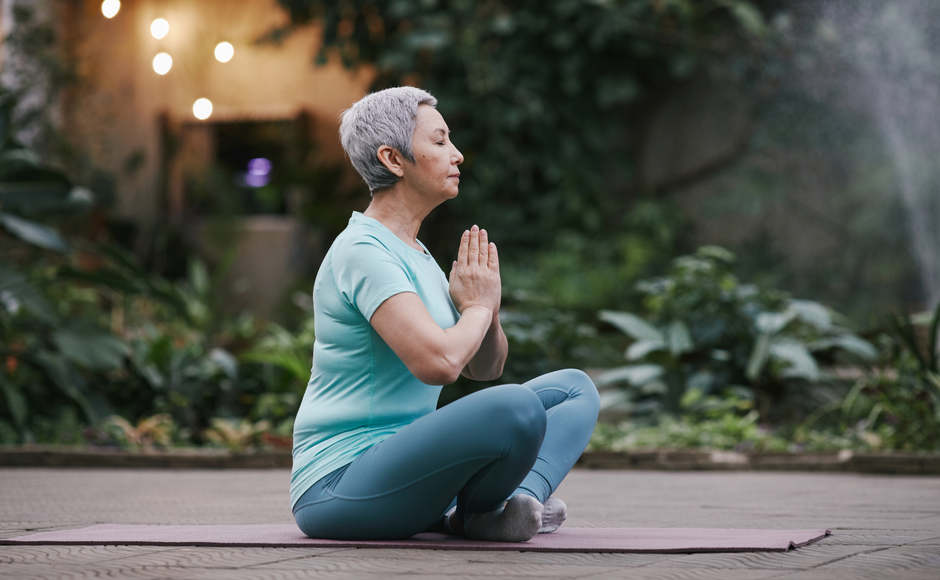According to the Canadian Society for Vascular Surgery, chronic vein problems can be found in up to 20% of the adult population, with women more likely to be affected in comparison to men. About 70% of people affected will experience pain, itching, or swelling in the legs or feet.
Legs make up one of the major muscle groups in the human body. They support everyday activities and are a vital component for living a healthy life. Experiencing lower body discomfort is something that everyone encounters at some point in their lives. While some experience temporary effects, others can face chronic disorders that can last a lifetime. Compression therapy contributes to healthy legs and offers a wide range of benefits.

How compression therapy helps
Compression socks are especially designed to apply gentle, graduated pressure and promote blood flow back to the heart. This helps to decrease swelling, energize the legs, and increase overall circulation. The pressure for compression socks is measured using millimeter of mercury (mmHg) and three general levels of intensity are offered based on your health requirements:
15 - 20 mmHg
Ideal for exercise, travel, mild swelling, pregnancy, and standing on your feet all day. Click to view our 15-20 mmHg products.
20 - 30 mmHg
Ideal for exercise, moderate swelling, pregnancy, chronic venous insufficiency, and management of ulcers. Click to view our 20-30 mmHg products.
30 - 40 mmHg
Ideal for severe swelling, venous insufficiency, blood clots, and deep vein thrombosis.
*Compression levels higher than 30 - 40 mmHg are available for even more severe cases.
It is recommended to exercise your legs and live a healthy lifestyle in addition to compression therapy. Sitting with your feet elevated and soaking your feet in warm water can also help decrease swelling and revitalize your legs.
Compression garment styles
Compression garments for the lower body come in various lengths like knee high, thigh high, and pantyhose styles. The style of your garment is dependent on the affected area and where additional support is required. They are also available in various colors and materials like cotton, microfiber, merino wool and nylon.

Why wear compression
Venous Insufficiency
Venous insufficiency refers to the lack of blood flow from the veins to the heart. The most common symptoms of poor circulation are aching or swollen legs and the appearance of prominent varicose veins, which can spread if left untreated. While venous insufficiency can be hereditary, it can also occur due to obesity, lack of physical activity, and aging. Leg ulcers can also form during severe cases. It is important to ensure your body is getting adequate circulation in order to prevent complications in the future and maintain your overall health.

Pregnancy
Changes in hormones and circulation can occur during pregnancy which can lead to tired and swollen legs. Pregnant women are also more likely to develop blood clots due to prolonged immobility and other medical conditions. Blood clots, swelling and varicose veins usually diminish after giving birth but can still be present or become permanent. It is recommended to continue compression therapy if symptoms remain to avoid serious problems.

Muscle Fatigue
Athletes can sometimes face issues with endurance during high intensity movements which can cause muscle fatigue. Athletic compression helps by energizing the legs through increased blood flow and minimizing the chances of post-workout cramping. Increased blood flow also reduces inflammation and soreness in the muscles by moving toxins away from the tissue.

------
Leg health is important — always pay attention to your symptoms and address them accordingly. Visit one of our locations and let our experienced fitters help you find a solution, no appointment required!
* For Alberta residents, Healthcare Solutions is an approved vendor for compression socks covered under the Alberta Aids to Daily Living government program.




